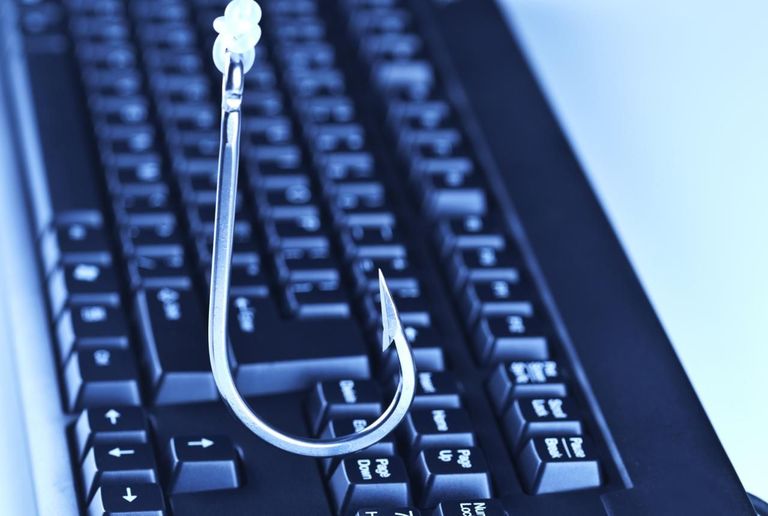Where has my personal data gone?
Another week, another data breach!
Earlier this year, a massive breach was reported due to a Web site flaw of one of SA's major movie houses, which saw the personal information of seven million users' data at risk.
Those implicated in SA's data leaks thought they had everything in place.
It sounds the same news as every week, except this time, South Africans noticed. This is possibly due to the fact that what was originally reported as the leaking of sensitive data on 30 million people was then discovered to be more than 60 million people, and was attributed to a company in the real estate industry.
The investigation is ongoing, but annoyed citizens are now asking how any company was permitted to hold this type of data. Information breached included names, addresses, ownership status, identity documents/numbers, e-mail addresses, income level and more.
This is the wake-up call those in the know have been preaching about for years.
Read more …Where has my personal data gone?
- Hits: 1211
 Following on with my series on cyber threats, I will briefly touch on Whaling Attacks – also known as impersonation attacks. These attacks are on the increase and entail an attacker impersonating a company executive to force an urgent payment out of the business. I think it is valuable to spend a little bit of time discussing the most common methods. Increasing awareness and providing practical methods to defend against these threats can help make sure you are not next.
Following on with my series on cyber threats, I will briefly touch on Whaling Attacks – also known as impersonation attacks. These attacks are on the increase and entail an attacker impersonating a company executive to force an urgent payment out of the business. I think it is valuable to spend a little bit of time discussing the most common methods. Increasing awareness and providing practical methods to defend against these threats can help make sure you are not next. In the follow-up to my previous piece on identifying invoice fraud, here I propose a few simple and practical steps to ensure that this does not happen to your business.
In the follow-up to my previous piece on identifying invoice fraud, here I propose a few simple and practical steps to ensure that this does not happen to your business.